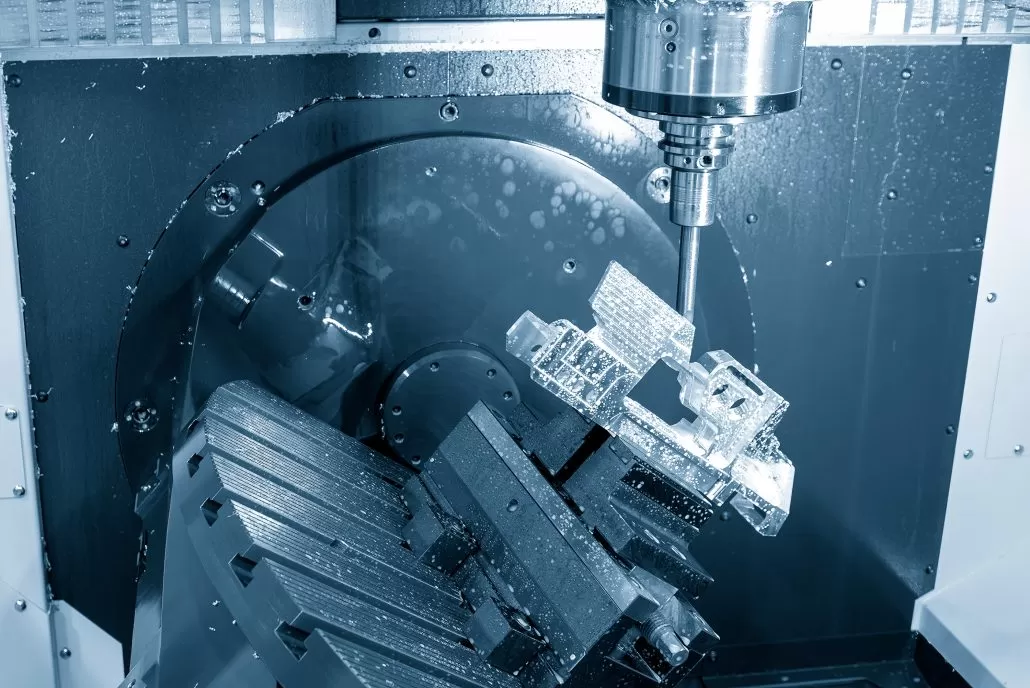Four-axis CNC machining is one of the most commonly used CNC machining methods in the industrial field. It not only improves the working efficiency, but also ensures the product quality. Four-axis cnc machining can be quickly and accurately cutting and forming, with high efficiency and high precision and other advantages, so to master the four-axis CNC machining procedures and processes to improve production efficiency and machining accuracy is very important.
Step 1: Plan and design drawings
First of all, planning the design drawing is the most basic step. This step is very important because the design drawings will directly determine the order and details of the entire process. Design drawings should be clear, in line with the actual, can be cnc machining equipment directly operated.
Step 2: Prepare
Before starting the four-axis cnc machining, you need to prepare the machine tool. This includes: machine inspection, power-on, commissioning and filling coolant, etc. At the same time, it is important to keep the machine tools well clean, which can be achieved by cleaning and wiping the dust and dirt that have accumulated on the machine.

Step 3: Program setup
cnc programming is the core of four axis cnc machining. This part of the content requires the operator to have relatively high programming skills and design thinking. In this step, the operator calculates the machining details of each workpiece, including parameters such as cutting depth, trajectory and speed. Therefore, programmers must have a wealth of skills and experience to be able to complete the programming process.
Step 4: Prepare the G code
G code is very important in CNC machining steps. In other words, the G code defines all the actions of the CNC machining machine, including moving the shaft, fixing the tool, controlling the temperature, setting the nozzle and other functions. Therefore, when you set up the G code, you must ensure that it meets the requirements of the artifact you are working on. Once you have written the G code, you can deploy the code on the programming interface of the CNC machining machine.
Step 5: Start machining
After the program is ready, you need to prepare for machining . The material should be set before cutting, the cutting tool should be selected, and the tool should be set and tested correctly. In addition, appropriate miscellaneous machining , such as positioning and clamping, should also be performed.
Step six: Material cutting
Once the cnc is programmed, the cutting of the material can begin. Prior to this step, the cnc machining equipment should be cleaned to ensure that all instruments are working properly and that working conditions are safely mastered. In this way, the deviation of material cutting caused by wrong operation can be avoided.
Step 7: Finish machining
After machining , the finished product needs to be inspected. This includes measuring the dimensions after machining, surface finishing, and removing residue from the surface of the part. If there are some problems that need to be fixed, you need to re-process the operation.
Step 8: Replace the tool
Different tools and tool heads are required for different jobs. Therefore, when materials such as drill or milling cutter are finished, different tools and tool heads should be replaced as required.
Step 9: Clean
cnc machining equipment needs to be cleaned after material cutting. This step is necessary because if the equipment is not cleaned in a timely manner, it will create unnecessary hygiene problems and affect the smooth operation of the next job.
Step 10: Quality check
After cnc machining is completed, quality inspection must be carried out to ensure that the output items meet the requirements. There are many ways to test quality, but they all need to be strictly carried out. Only through quality inspection, can we judge the quality and reliability of the product.
In the whole process, these steps are very important, once the deviation, may affect the smooth progress of the whole process. Therefore, the operator must attach great importance to the operation in strict accordance with this process, in order to achieve good machining effect.
It is important to note that you should always pay attention to the running state of the machine, and keep the equipment and the workplace clean and tidy. At the same time, it is necessary to master a certain degree of relevant technical knowledge, especially about tool wear, material selection, machining process optimization and other aspects of technical knowledge and operational skills.
Therefore, if you want to learn and apply four-axis cnc machining technology, the best way is to start from the training courses organized by professional learning institutions. Only by mastering the machining technology and operation process can we succeed in this field and enjoy the advantages of precision and high-speed machining technology brought by the digital age.
Hope this article can be helpful to the general readers to understand the four-axis cnc machining technology.


